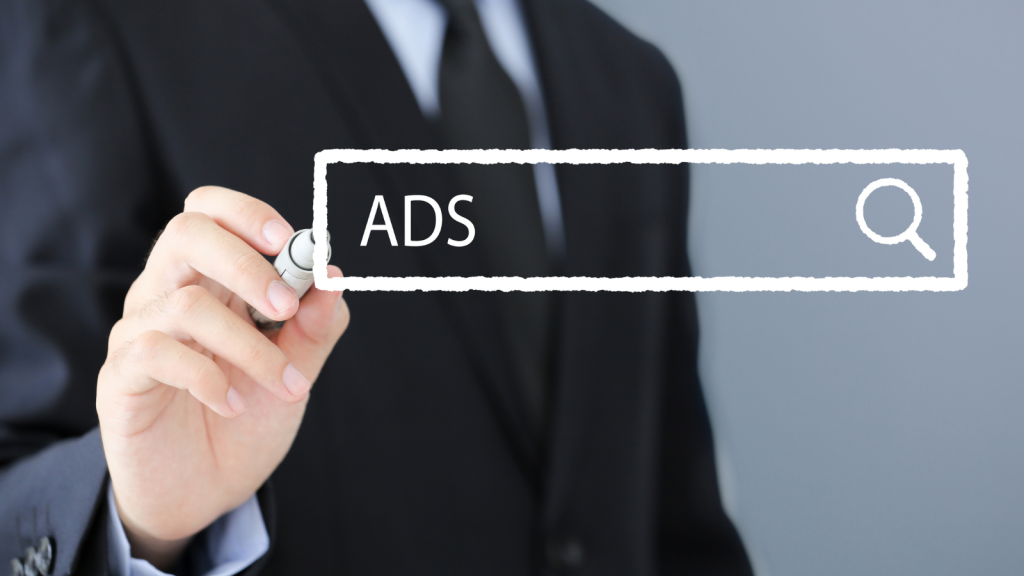Imagine this: Sarah, an online boutique owner, has been running Facebook ads for months. She sees clicks, likes, and even some purchases, but she feels like something is missing. The results aren’t as explosive as she hoped. She wonders, Am I doing this right?
The answer lies in Facebook Ad Analytics—a goldmine of data that, when understood and leveraged correctly, can skyrocket your ad performance. But here’s the catch: Most advertisers barely scratch the surface.
In this guide, we’ll reveal untold tricks and insights that will transform how you analyze your Facebook Ads. With natural language processing (NLP) techniques and a storytelling approach, you’ll learn how to interpret data, optimize for success, and avoid common pitfalls.
The Foundation: Understanding Facebook Ad Analytics
Before diving into advanced strategies, let’s break down the key metrics you should focus on:
- Click-Through Rate (CTR) – Measures how many people click your ad after seeing it. A low CTR might mean weak creatives or targeting issues.
- Conversion Rate – Out of those who clicked, how many actually took action? This tells you if your landing page and offer align with expectations.
- Cost Per Click (CPC) – How much are you paying per click? Lower CPC isn’t always better if the clicks don’t convert.
- Relevance Score (Now Quality Ranking) – Facebook grades your ad based on engagement, clicks, and relevance. A low score? Your ad might be ignored.
- Frequency – The number of times the same user sees your ad. A high frequency (above 3-4) can lead to ad fatigue.
- Return on Ad Spend (ROAS) – The ultimate measure of success. How much revenue are you generating per dollar spent?
Secret #1: The Hidden Power of Custom Metrics
Most advertisers rely on standard Facebook metrics. But did you know you can create custom metrics?
Imagine David, a SaaS founder. He noticed that tracking only conversions wasn’t enough. Some leads became customers weeks later. So, he created a custom metric to track “First Touchpoint to Purchase.” This revealed that many conversions came from retargeting ads rather than initial clicks.
Actionable Tip: Go to Ads Manager > Customize Columns > Create Custom Metric. Track things like “Add to Cart vs. Purchases” or “Ad Engagement to Conversion Rate.”
Secret #2: The NLP Trick for Better Targeting
Facebook’s algorithm understands words, but you can influence it using NLP techniques.
Let’s say Lisa, a fitness coach, is running ads for her weight loss program. She uses generic copy like:
❌ “Lose weight fast! Sign up now!” (High competition, low engagement)
Instead, she applies NLP by mirroring how her audience speaks:
✅ “Tired of trying every diet and still feeling stuck? Meet Sarah—she lost 15 lbs in 8 weeks using this simple trick…”
Facebook’s AI recognizes engaging, relatable content and prioritizes it. This can lower CPC while improving conversions.
Actionable Tip: Use customer testimonials, direct questions, and conversational phrases in your ad copy. Mirror the way your audience speaks.
Secret #3: Heat Mapping Your Ads
Do you know which part of your ad people actually interact with?
Facebook doesn’t provide heat maps like websites do, but here’s a workaround: Analyze engagement on different parts of your ad.
- Run the same ad with slight variations: one focusing on the headline, another on the image.
- Check where engagement spikes.
- If more people react to the image, try a more eye-catching visual next time.
Example: Mark, an eCommerce seller, tested two versions of the same ad. One emphasized the discount in the headline; the other had a lifestyle image. The second ad had a 40% higher CTR, proving visuals mattered more.
Actionable Tip: Run split tests (A/B testing) and analyze the engagement to see which ad elements drive action.
Secret #4: Ad Fatigue? Use the “Content Bucket Strategy”
Ever noticed how an ad that worked well suddenly stops performing? That’s ad fatigue.
A lesser-known trick is the Content Bucket Strategy:
- Bucket 1: Awareness (Story-based ads, problem introduction)
- Bucket 2: Consideration (Testimonials, social proof, feature highlights)
- Bucket 3: Decision (Discounts, urgency, call-to-action)
Rotate ads between these buckets so your audience doesn’t feel overwhelmed by the same message.
Secret #5: Predicting Success with AI-Based Lookalike Audiences
Facebook’s Lookalike Audiences are powerful, but most advertisers don’t optimize them. Instead of using generic website visitors, try this:
- Create a Lookalike Audience from your highest-value customers, not just any buyer.
- Use AI-based segmentation—export your top 10% of customers and analyze patterns (age, interests, behaviors).
- Upload a refined customer list and let Facebook find users who closely match their behaviors.
Result? Higher-quality leads and a lower CPA (Cost Per Acquisition).
Wrapping It Up: Your Next Steps
Sarah, our boutique owner, applied these secrets. She discovered her custom metric showed retargeting ads converted better than cold traffic. She rewrote her ad copy using NLP tricks, mirroring customer language. She also segmented her Lookalike Audiences based on high-value buyers.
The result? Her ROAS jumped from 2.1x to 5.3x in just 30 days.
Now, it’s your turn.
✅ Start by analyzing your current metrics. ✅ Experiment with custom tracking. ✅ Apply NLP in your ad copy. ✅ Optimize your targeting using advanced segmentation.
Facebook Ad Analytics isn’t just about numbers—it’s about understanding the story behind the data. Master it, and you’ll unlock ad performance most marketers only dream of.
Are you ready to level up?

